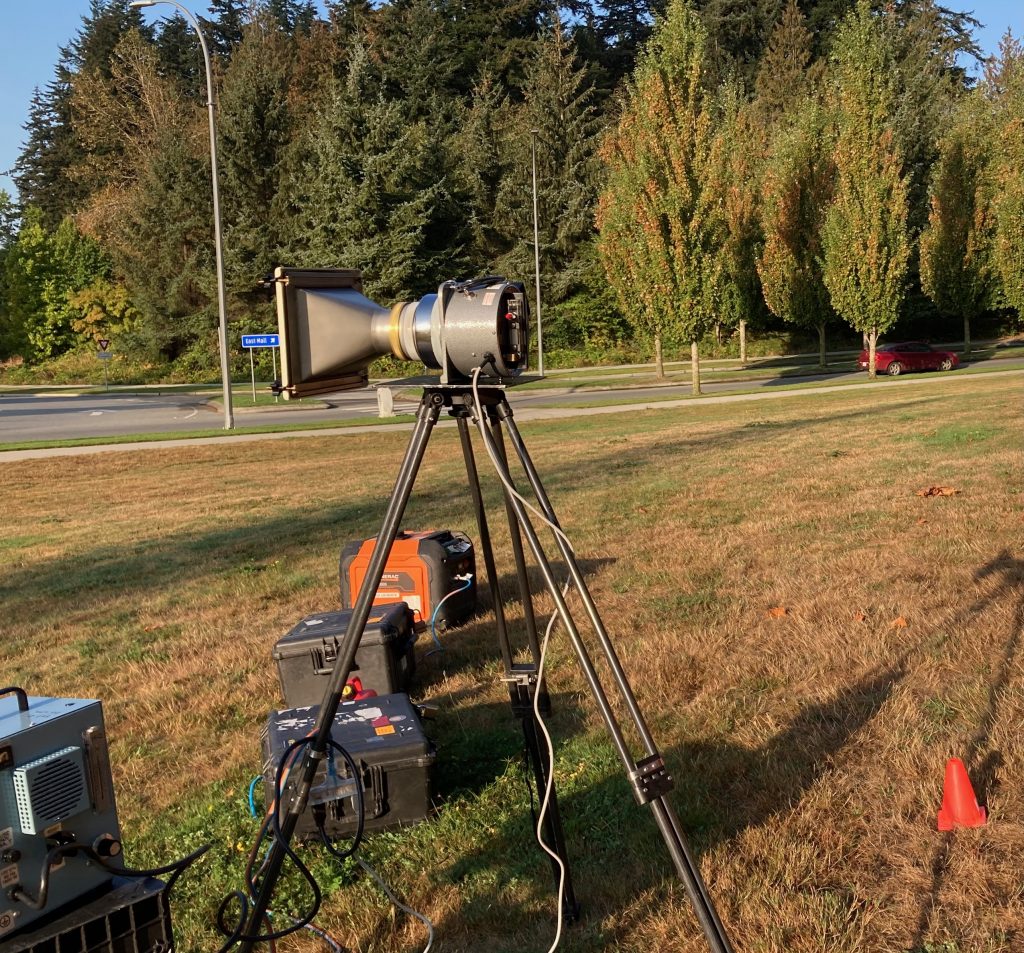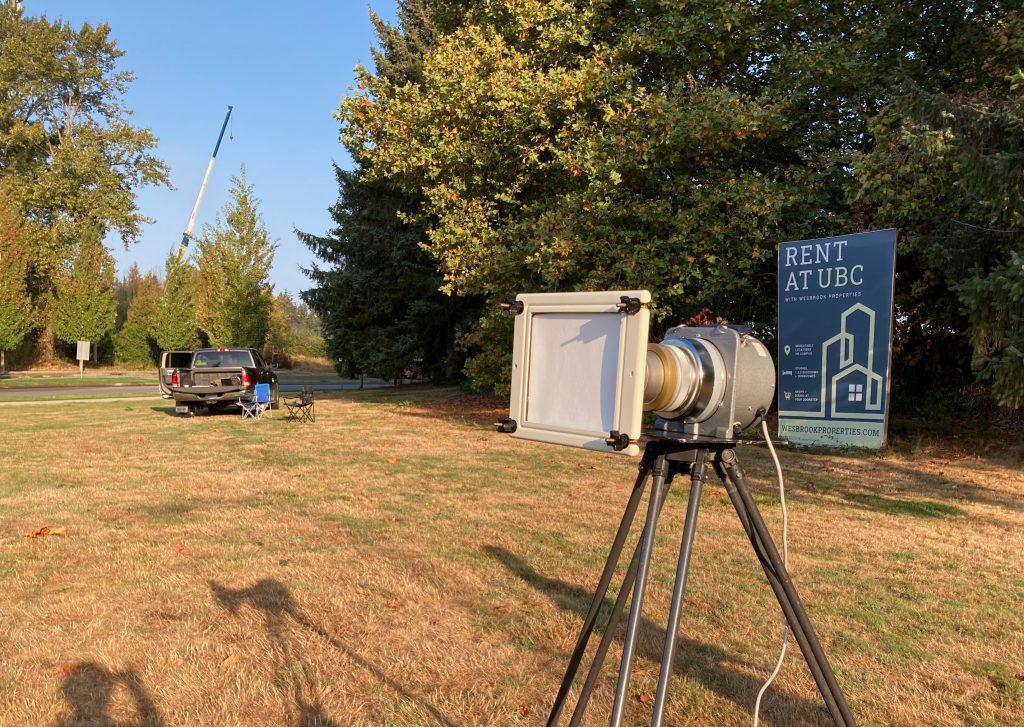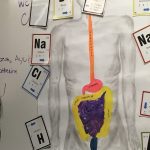Canada Nuclear Safety Commission is carrying out air quality testing in locations close to nuclear facilities. Katelyn Peters and her testing team monitored air quality near TRIUMF this past week. TRIUMF is a particle ACCELERATOR located at UBC.
Ms. Peters, who was super friendly, personable and helpful, explained that air quality testing, as carried out by Canadian Nuclear Safety Commission, is done to determine that the air, soil, water, vegetation and local crops are safe.
According to the information brochure that she provided site -specific sampling is developed for each nuclear facility.
After samples are collected they are shipped to Ottawa for processing at the CNSC’s laboratory.*1 Samples are measured for radioactive hazards and any associated contaminates that might be associated with a nuclear facility.

Ms. Peters explained that to learn more about the air monitoring program you can scan the QR code or visit cnsc.info.ccsn@cnsc-ccsn.gc.ca

The testing team sets up air monitoring equipment. Good testing sites are near large open areas. In this case the testing team set up near a local high school.

The testing equipment samples air for iodine-131 and cesium-137. The numbers after the element name indicate the mass numbers for that particular elements isotope.

A special glass filter, in front of the air monitoring canister helps to capture the air and directs the air flow into the second sensor – a carbon filled canister.L
*1-Learn more about Women in the nuclear sector – Meet some of the women at the CNSC Laboratory
The CNSC Laboratory could not conduct sampling without its field technologist, Kate Peters, who is responsible for collecting samples for the IEMP and occasionally for assisting inspectors with compliance verification sampling.
Kate started working at the CNSC as a student, trying her hand at a few different jobs before choosing to remain in her current position.
Although Kate works in a predominantly male field, the science landscape is changing; she says she has encountered plenty of women working in the sciences and expects that the statistics will continue to shift.
“The CNSC Laboratory, located on Limebank Road, is on the leading edge of Canada’s nuclear safety services. Furnished with state-of-the-art equipment and overseen by highly experienced scientists and staff, the Laboratory has just celebrated the first anniversary of its ISO 17025 accreditation, a formal recognition of the Laboratory’s capability.
The Laboratory analyzes samples for two programs: inspection sampling and the CNSC’s Independent Environmental Monitoring Program (IEMP).
The IEMP is a planned sampling initiative by the CNSC designed to verify that public health and the environment around licensed nuclear facilities are protected.
Licensees are required to implement their own environmental protection programs; their monitoring results are regularly submitted to the CNSC, and occasionally they will sample side-by-side with CNSC field technologists for the IEMP.
The local municipality and Indigenous groups are notified of IEMP sampling in advance and are encouraged to suggest locations where samples could be taken”.







